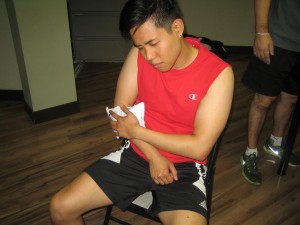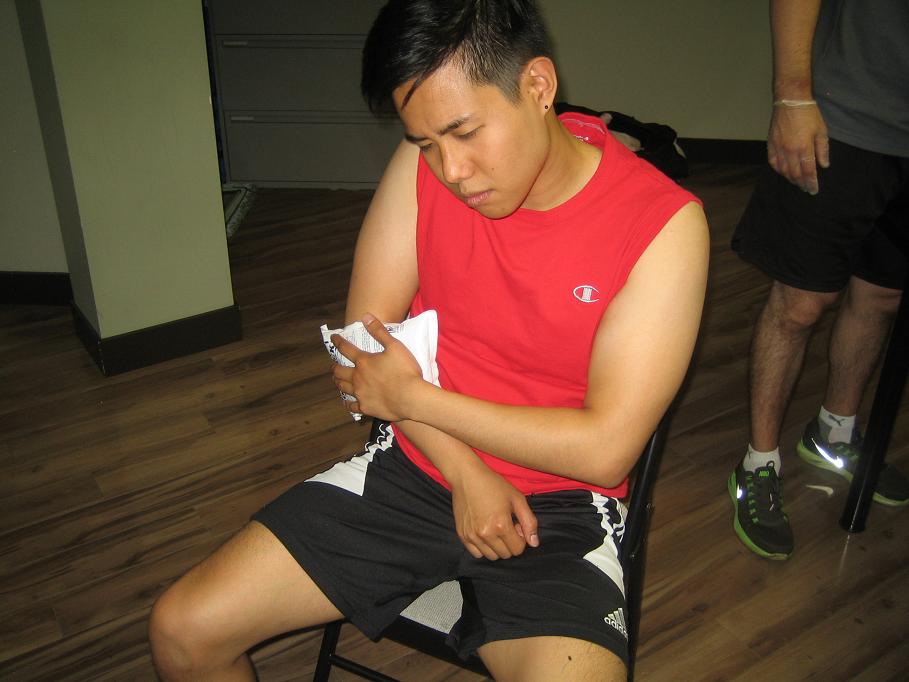Elbow tendonitis is characterized by inflamed and swollen elbow tendons which occurs if an individual engages in repetitive frequent movements. The tendons of the elbow joints connect the neighboring muscles to the bones.
https://www.youtube.com/watch?v=xJAx42aCtSQ
The condition is quite common among athletes. It is vital that you are well aware on how weightlifting affects the elbow tendons so that it can be prevented in the future.
Proper form
Observing the proper form is essential in the prevention and management of elbow tendonitis linked to weightlifting. Poor form will only place unwanted strain on the muscles, tendons and joints.
The best way to ensure that the form of the individual is not causing the development of elbow tendonitis is to consult a fitness professional for proper assessment and provide the necessary changes.
First stage in managing elbow tendonitis

Once the individual initially experiences elbow tendonitis after weightlifting, there are steps to be taken to minimize the inflammation. The RICE method is the recommended approach at the start of the pain which includes rest, application of cold, compression and elevation.
Heavy weightlifting must be avoided and replaced with stretching and low-impact exercises until the symptoms subside. Remember that this period varies based on the condition of the individual. It is vital to rest so that the tendon has enough time to fully heal.
Second stage of treatment
Once the elbow joint has mended and there is minimal to no pain, detailed training exercises can be started to strengthen the joint such as wrist extension, forearm supination and pronation.
The strengthening of the shoulder and arm stretching exercises aims on increasing the flexibility as well as the range of motion of the individual.
Prevention
Future development of elbow tendonitis due to weightlifting can be prevented by observing proper warm-up and cool-down exercise with stretching and aerobic activity prior to a weightlifting session.
The individual should always lift weights that are within his/her limits. Lifting weights that are too heavy can place excess strain on the elbow joint. The individual should not forget to stretch after every set to alleviate the tension. Always wear gloves specifically for weightlifting during the sessions to minimize the tension while grasping on to the bar.
Considerations to bear in mind
If the individual continues to experience swelling, pain or diminished motion of the elbow joint or the pain disrupts with daily activities, a doctor should be consulted.
The doctor will thoroughly assess the severity of the tendon damage and might prescribe anti-inflammatory medications. Since tendon pain can be linked to rheumatic diseases, consulting a doctor for intense pain is important to ensure that there is no serious condition present.

